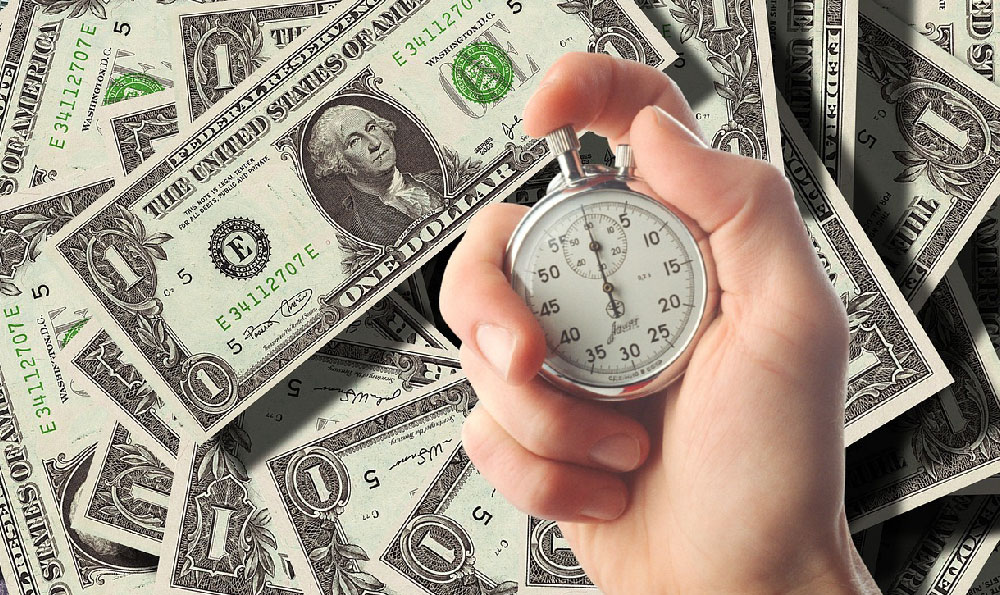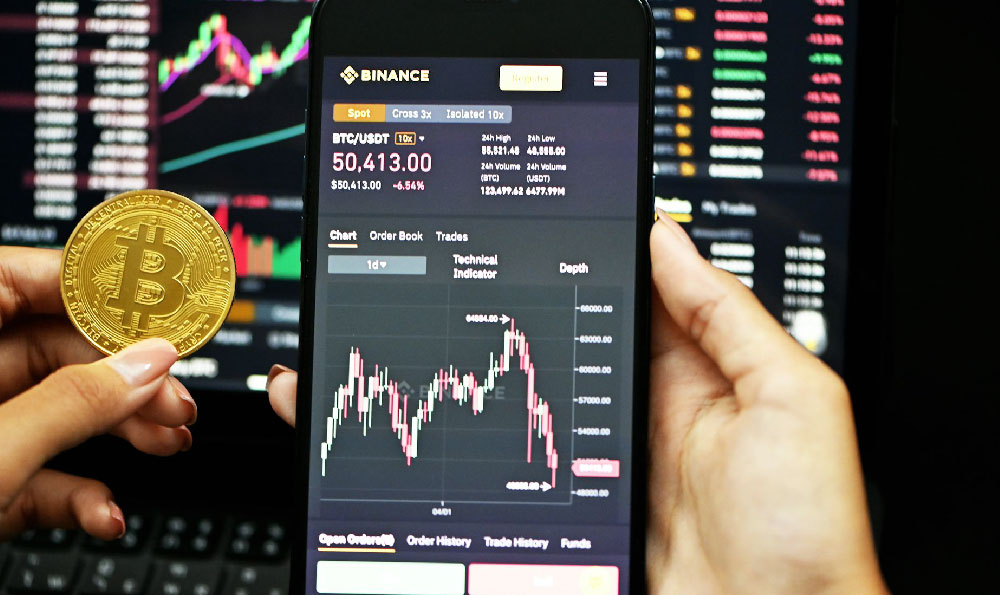
Understanding who prints U.S. currency and where it is made is fundamental to appreciating the security and processes behind the nation's money supply. It's not some clandestine operation hidden away in a basement; rather, it's a closely guarded government function entrusted to specific entities with decades of experience. The answers involve understanding the roles of the Bureau of Engraving and Printing (BEP) and the Federal Reserve System.
The United States currency is not printed by a private entity nor by a single centralized entity solely controlled by the government. Instead, the responsibility lies primarily with the Bureau of Engraving and Printing, or BEP, which is an agency within the Department of the Treasury. While the BEP handles the physical production of the currency, it's crucial to remember that they do so under the guidance and authority of the Federal Reserve System, also known as the Fed.
The Federal Reserve is the central banking system of the United States. It’s important to understand that the Fed doesn't print the money directly, but it determines how much currency needs to be in circulation based on economic conditions, public demand, and other factors. The Fed orders currency from the BEP, essentially commissioning the production of money. These orders are meticulously planned and based on a comprehensive analysis of the economy to ensure the money supply aligns with the nation's needs. This controlled process is designed to prevent inflation or deflation, ensuring that the value of the dollar remains relatively stable.

The BEP has two main facilities responsible for printing U.S. currency: one located in Washington, D.C., and the other in Fort Worth, Texas. The Washington, D.C. facility is the original site, established in 1862. It's a historic landmark and offers public tours, giving people a glimpse into the fascinating process of currency production. The Fort Worth facility, established in 1991, was built to meet the increasing demand for currency and serves as a contingency site. Both facilities employ highly skilled engravers, printers, and security specialists dedicated to producing high-quality, secure banknotes.
The process of printing U.S. currency is far from simple. It's a multi-stage process involving sophisticated printing techniques and stringent security measures to prevent counterfeiting. The BEP uses a process called intaglio printing, which involves engraving the design onto a steel plate. Ink is then forced into the engraved lines, and the paper is pressed against the plate with tremendous pressure, creating a raised impression that is a hallmark of genuine U.S. currency. This process is extremely difficult to replicate, making it a key security feature.
Furthermore, each banknote incorporates a range of anti-counterfeiting measures, including intricate designs, special inks, watermarks, security threads, and microprinting. These features are constantly being updated and improved to stay ahead of counterfeiters. The BEP collaborates with law enforcement agencies and technology experts to develop and implement new security features to protect the integrity of U.S. currency. The notes also have color-shifting ink and 3D security ribbons woven in, enhancing security.
The BEP also oversees the printing of other secure documents, such as postage stamps, Treasury securities, and identification cards. This expertise in security printing makes them well-suited for the task of producing U.S. currency. The level of security surrounding the printing facilities is, understandably, extremely high. Employees undergo rigorous background checks, and the entire production process is closely monitored to prevent any unauthorized access or leakage of information.
Once the currency is printed, it's carefully inspected for any defects. Imperfect notes are destroyed, and the remaining currency is packaged and shipped to the Federal Reserve Banks. The Federal Reserve Banks then distribute the currency to commercial banks, which in turn make it available to the public through ATMs and bank tellers. When damaged or worn currency is returned to the banks, it is sent back to the Federal Reserve to be destroyed, completing the cycle.
It's important to note that while the BEP prints the physical currency, the Federal Reserve controls the money supply and influences the overall economic landscape. The Fed's monetary policy decisions, such as adjusting interest rates and setting reserve requirements for banks, have a much broader impact on the economy than the printing of physical currency. Understanding the interconnectedness of these two entities is crucial for comprehending the workings of the U.S. monetary system.
In conclusion, the printing of U.S. currency is a specialized government function carried out by the Bureau of Engraving and Printing under the authority of the Federal Reserve System. The process is characterized by sophisticated printing techniques, stringent security measures, and a commitment to maintaining the integrity and value of the nation's currency. Knowing who prints the money and where it is made demystifies the process and highlights the careful planning and execution involved in managing the U.S. money supply. This intricate system safeguards against counterfeiting and ensures the stability of the economy.




